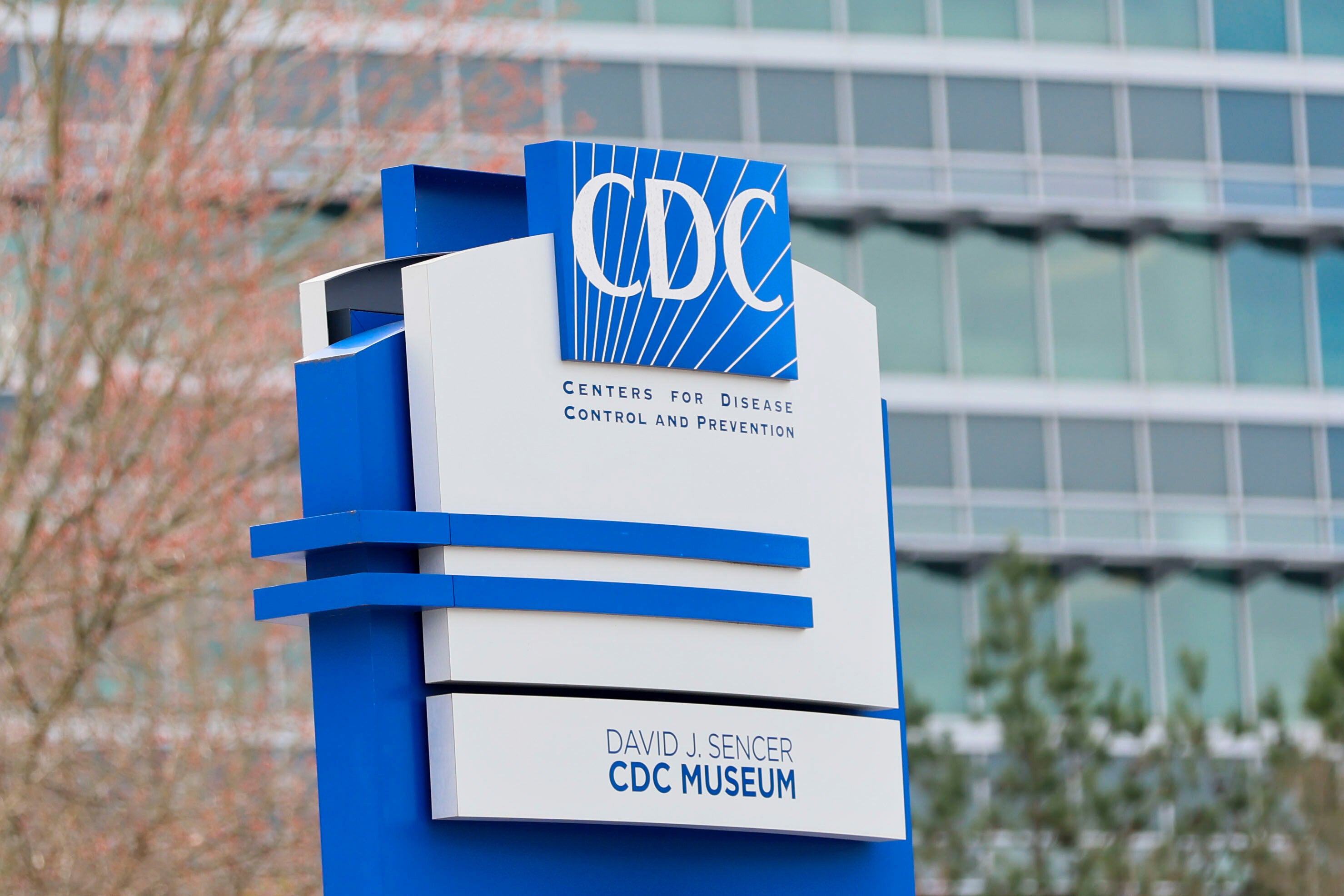- News
- World
- Americas
Health officials said they will monitor anyone who came in close contact with the man
Rich BoothSunday 23 November 2025 10:21 GMT open image in galleryThis undated electron microscopic image provided by the Centers for Disease Control and Prevention shows two Influenza A (H5N1) virions, a type of bird flu virus. (Cynthia Goldsmith, Jackie Katz/CDC via AP)
open image in galleryThis undated electron microscopic image provided by the Centers for Disease Control and Prevention shows two Influenza A (H5N1) virions, a type of bird flu virus. (Cynthia Goldsmith, Jackie Katz/CDC via AP)
The latest headlines from our reporters across the US sent straight to your inbox each weekday
Your briefing on the latest headlines from across the US
Your briefing on the latest headlines from across the US
 Email*SIGN UP
Email*SIGN UPI would like to be emailed about offers, events and updates from The Independent. Read our Privacy notice
A man in Washington state is believed to be the first human to die from a rare strain of bird flu.
The individual, an older adult with pre-existing health conditions, was being treated for the H5N5 bird flu strain, marking the first known human infection.
According to a statement from the Washington State Department of Health, the man, from Grays Harbor County, approximately 125 kilometres southwest of Seattle, kept a backyard flock of domestic poultry. Health officials suspect these birds had been exposed to wild birds, leading to the infection.
“The risk to the public remains low," the statement from state health officials said. “No other people involved have tested positive for avian influenza.”
Health officials said they will monitor anyone who came in close contact with the man, but “there is no evidence of transmission of this virus between people."
Earlier this month, the Centers for Disease Control and Prevention issued a statement about the infection that said no information would suggest “the risk to public health has increased as a result of this case.”
 open image in galleryA sign with the CDC logo is displayed at the entrance to the agency's headquarters in Atlanta on March 2, 2025. (Miguel Martinez/Atlanta Journal-Constitution via AP, File) (2025 Atlanta Journal-Constitution)
open image in galleryA sign with the CDC logo is displayed at the entrance to the agency's headquarters in Atlanta on March 2, 2025. (Miguel Martinez/Atlanta Journal-Constitution via AP, File) (2025 Atlanta Journal-Constitution)H5N5 is not believed to be a greater threat to human health than the H5N1 virus behind a wave of 70 reported human infections in the U.S. in 2024 and 2025. Most of those have been mild illnesses in workers on dairy and poultry farms.
The distinction between H5N5 and H5N1 lies in a protein involved in releasing the virus from an infected cell and promoting spread to surrounding cells.
What does bird flu do to humans?
The Nhs says the main symptoms of bird flu can appear very quickly and include:
- a very high temperature or feeling hot or shivery
- aching muscles
- headache
- a cough or shortness of breath
Other early symptoms may include:
- diarrhoea
- sickness
- stomach pain
- chest pain
- bleeding from the nose and gums
- conjunctivitis
It usually takes 3 to 5 days for the first symptoms to appear after you’ve been infected.
Within days of symptoms appearing, it’s possible to develop more severe complications such as pneumonia and acute respiratory distress syndrome.
Human-to-human transmission of bird flu has never been documented in Europe or the UK, though has occasionally happened abroad.
Bird flu is spread by close contact with an infected bird (dead or alive).
This includes touching infected birds, touching droppings or bedding, killing or preparing infected poultry for cooking



